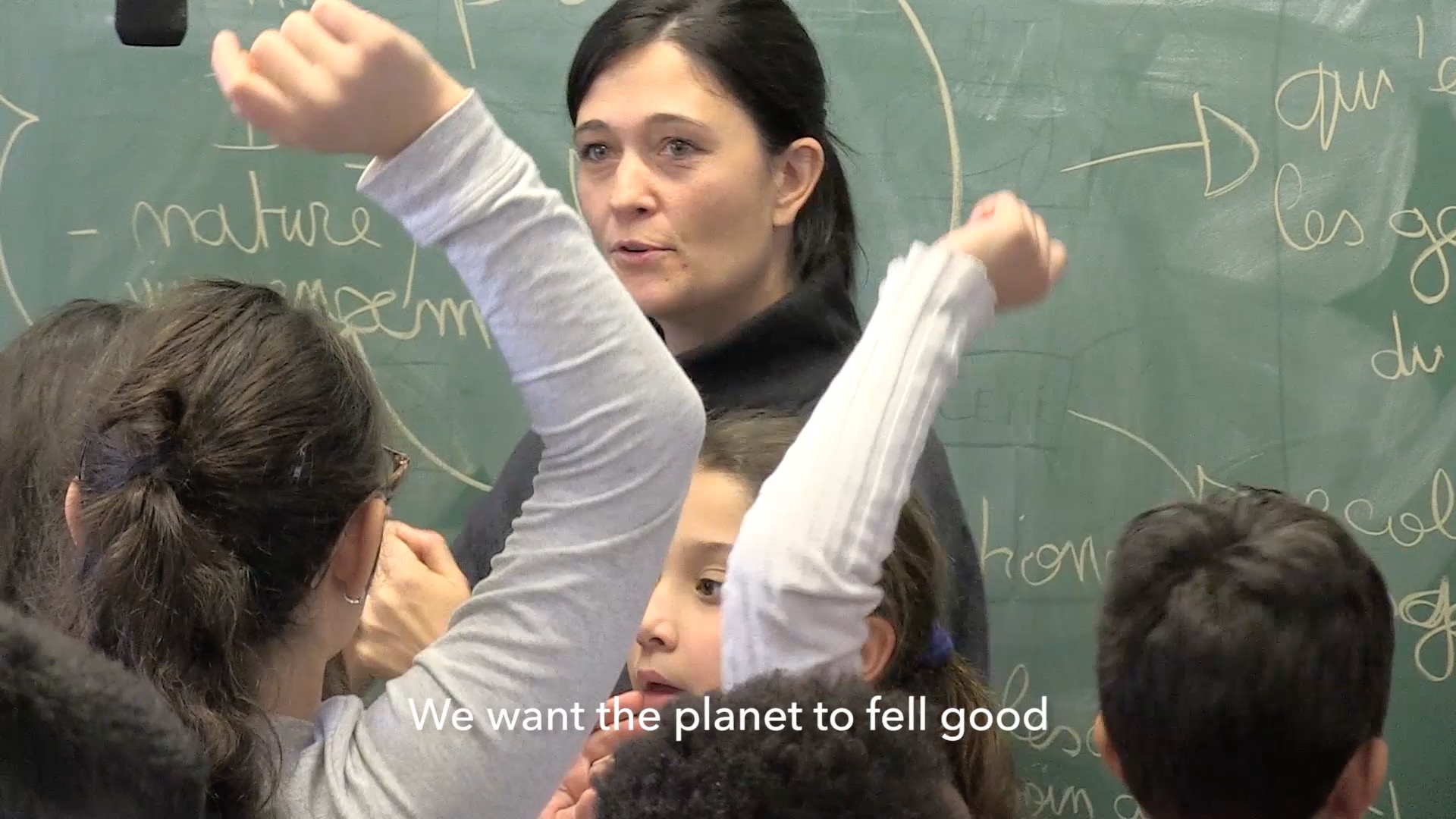School
Ruffi School
Location
Marseille (France)
Social Innovation Practitioner
The way cities are made deeply affects our lives: from lifestyles or aesthetic values to social bonds. It is in the neighbourhoods where the community is developed and in the streets where public life and social control is developed. Gaining the skills that these places offer, then, allows children to be integrated into the urban social life.
Neighbourhoods cannot exist as desegregate and scattered entities. As urban activist Jane Jacob said, communities should enable “physical, social and economic sustainability continuance”. If cities allow community life to flourish, neighbourhoods will be able to govern themselves. Jacob’s good neighbourhood is one which knows how to deal with its problems and does not let itself be overwhelmed or destroyed by its flaws.
Improving the environment in the neighbourhood
Since January, the Social Innovator Practitioner (Les Têtes de l’art), together with the children and teachers from the Ruffi School in Marseille, have been thinking about what they could all do to improve the environment in their neighbourhood.
The issue arises partly because of the geographical location of the school, which is situated in a neighbourhood that is experiencing an important process of gentrification. The streets are shared between the inhabitants and small shops in a general melting-pot atmosphere; but it’s getting usual, too, to find new business buildings that attract a whole other economic activity and working population.
Between precarious homes and tall glass buildings it seems there is no place for playgrounds, for family areas, not even a little piece of green…
Social innovation at the school: working step by step, learning to be positively critical and above all to collaborate!
Reflecting on the concept of “social innovation”, and trying to make it their objective during the workshops in the first place, allowed them to understand how personal investment and group work can have a direct impact on their possibilities for action. Exploring how to collaborate, sharing ideas, listening and creating a trust base in order to speak freely turned out to be a very positive and healthy use of the time available.
Needless to say, time is of the essence as it was critical that all parties agree, in the shortest time possible, what are their principal objectives as a community. This process involves recognising where mistakes have been made previously, so that innovative and creative ideas can have an opportunity to blossom. Undoubtedly, this would certainly be a significant step forward.
Open door policy in schools
At this point was generally accepted that the best way to respond to the questions was to get a good idea of the opinions of the neighbourhood. ¿What did they need? ¿Which was their perception of the public space? ¿How did they think it should/could be and why?
The students realized it was not going to easy and they wanted to execute this professionally. Consequently, they sought the help of Boulegue TV who very kindly provided them with all the tools they needed, including some very useful strategies for the interviews.
Here you can see the result:
Their neighbourhood is full of contrast and gathered opinions reflected their diversity whilst at the same time the interviews helped them to identify some common feelings and important social needs. They were also able to establish priorities and make positive strategic choices with which to start developing a proposal that could be meaningful for most of the people.
They also decided to involve more parents, neighbourhood associations and more students to present the results of the first investigation in the form of a video and some photos projected during a meeting we called “Café NEMESIS”. Through the creative use of different games, and thanks to the motivation of the students and teachers, participation was excellent. Quite a success in their social context!
Two lines of action were voted:
- To produce a different development plan for the neighbourhood.
- To explore all the options to help make the neighbourhood much more visually attractive.


Note from Ruffi school:
We are very grateful for the experience of genuine collaboration and, we have a lot of work ahead of us. Now that we have identified our objectives, we need to come up with innovative ways to implement them. This means we all need to “think outside the box”: something easy to say but not so easy to put into practice! We will keep you posted — watch this space!!
Learn more: https://nemesis-edu.eu/
Subscribe to the newsletter: https://nemesis-edu.eu/join-us/

